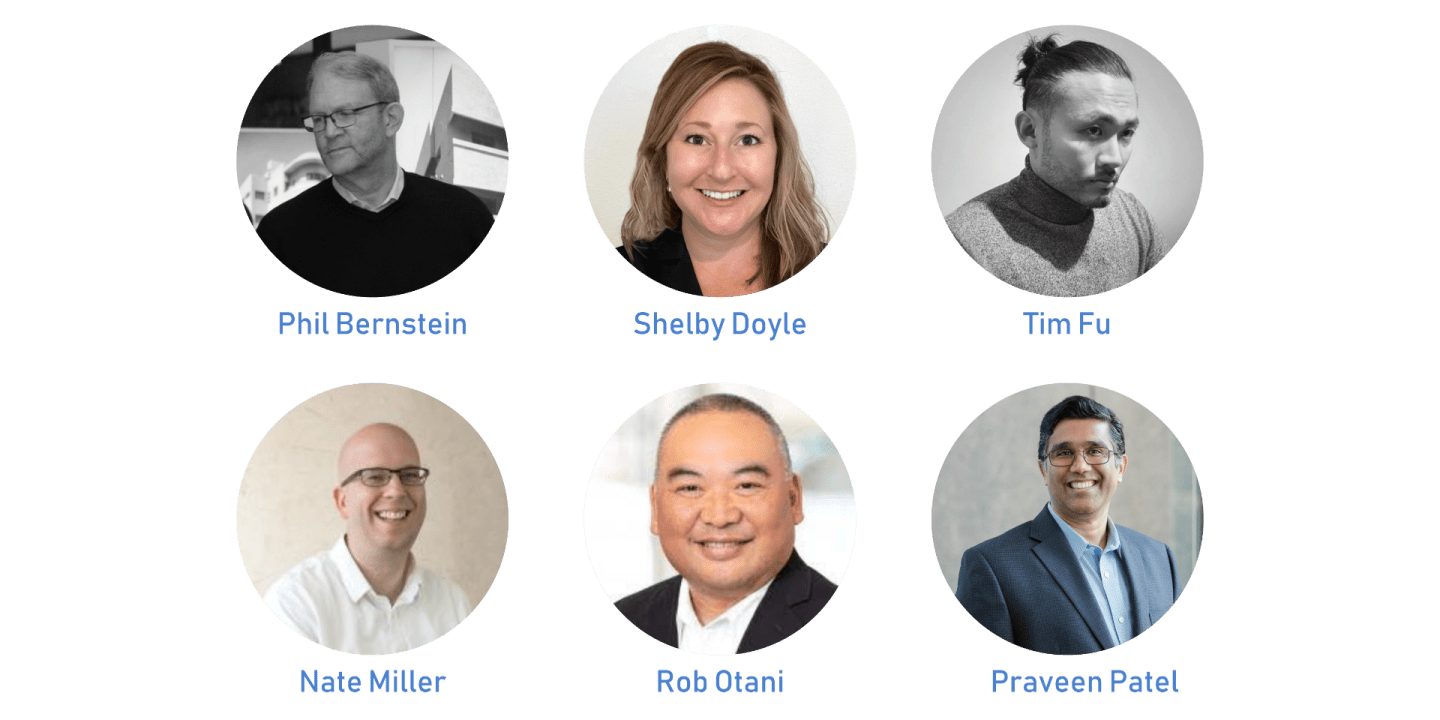The AEC Industry and Generative AI: Navigating Through Opportunities and Challenges
Interview with Cornell Tech Jacob Technion-Cornell Institute
See also:
Dream World: Three experts discuss Midjourney’s promise and pitfalls
Sheby Doyle, Andrew Kudless, and Kory Bieg
Architect’s Newspaper interview with Jack Murphy September 22, 2023
Interview with Cornell Tech Jacob Technion-Cornell Institute
See also:
Dream World: Three experts discuss Midjourney’s promise and pitfalls
Sheby Doyle, Andrew Kudless, and Kory Bieg
Architect’s Newspaper interview with Jack Murphy September 22, 2023
| DOWNLOAD FULL REPORT |
The world of digital creation is being redefined by Generative AI (GAI), a groundbreaking class of tools that has captivated both creators and consumers. At the forefront of this revolution are Large Language Models (LLMs) like GPT-4, renowned for their versatility in natural language processing, machine translation, and content creation, including novel works and even software code. Since its introduction, GAI has surged in popularity, with products like ChatGPT setting records in user growth. Similarly, image generators such as OpenAI’s DALL-E and Stability AI’s Stable Diffusion are redefining artistic expression, blurring the lines between AI-generated images and human-created art.
These advancements are built on the deep learning revolution, utilizing immense datasets to teach algorithms complex patterns through unsupervised learning. This has led to foundation models with unprecedented sophistication, sparking significant global interest across various sectors, including politics, culture, and industry. Yet, as GAI’s capabilities expand, so do the concerns and responses from industries and unions like SAG-AFTRA and WGA, emphasizing the need for thoughtful integration and ethical considerations in GAI deployment.
In the realm of architecture, engineering, and construction (AEC), GAI presents both transformative opportunities and complex challenges. Prompted by this, the Innovation Design Consortium (IDC) teamed up with the Jacobs Urban Tech Hub to explore GAI’s future implications. Our report, written by urban tech fellow Greg Lindsay and urbanist-in-residence Anthony Townsend, offers an overview of GAI’s potential impact on the AEC industry.
The report includes in-depth interviews with the following leaders in the field:
